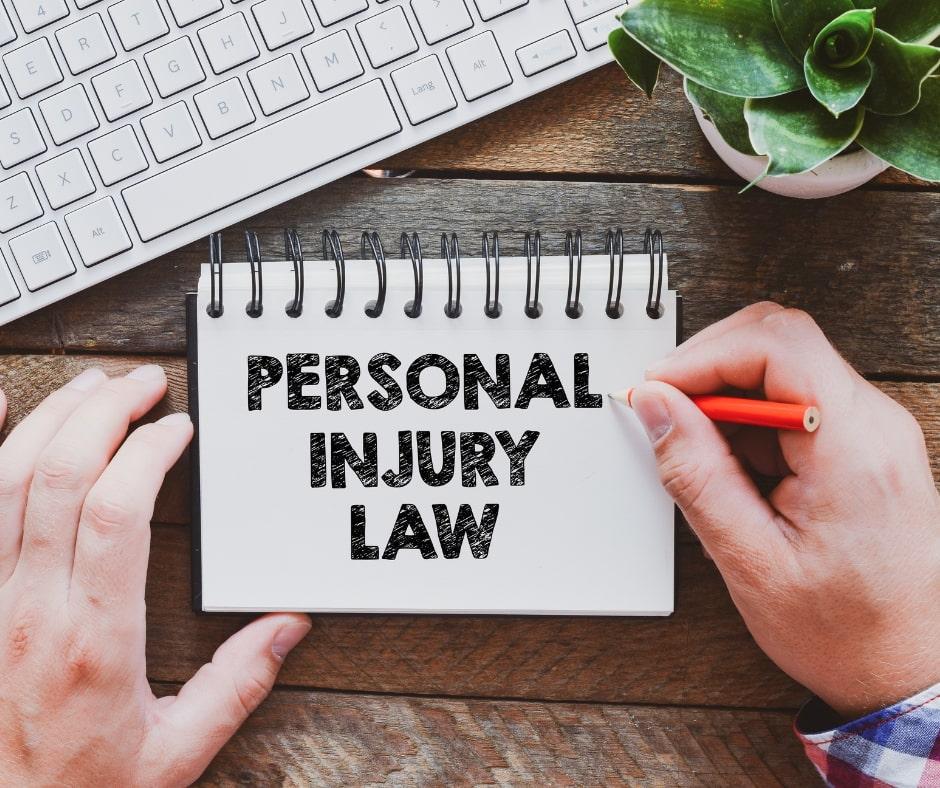Smiles Fool You.
We WIN Legal Fights!

Navigating the complexities of personal injury law in Texas requires a clear understanding of the legal landscape, as well as the rights and responsibilities of those involved in accidents and injuries. Personal injury law is designed to provide remedies for individuals who suffer harm due to the negligence or intentional actions of others. In Texas, this area of law encompasses a wide range of incidents, including car accidents, workplace injuries, slips and falls, medical malpractice, and more.
At the heart of many personal injury cases lies the concept of negligence. To establish a claim, the injured party (the plaintiff) must demonstrate that the other party (the defendant) failed to act with reasonable care, leading to the injury. Texas follows a “modified comparative negligence” rule, meaning that if a plaintiff is found partially responsible for the accident, their compensation may be reduced by their percentage of fault. Importantly, if the plaintiff is found to be more than 50% at fault, they may be barred from recovering any damages.
In personal injury cases, damages are categorized into several types:
These are tangible losses that can be calculated objectively, such as medical expenses, lost wages, and property damage.
These compensate for more subjective losses that do not have a clear monetary value, including pain and suffering, emotional distress, and loss of enjoyment of life.
In cases of egregious behavior, such as gross negligence or intentional wrongdoing, a court may impose punitive damages to deter similar conduct in the future.
In Texas, the statute of limitations for filing a personal injury lawsuit is generally two years from the date of the injury. This means that if you fail to file your claim within this time frame, you may lose the right to seek compensation. However, there are exceptions, so it’s crucial to consult a legal professional promptly after an incident.
Given the intricacies of personal injury law, enlisting the help of an experienced attorney can significantly enhance your chances of receiving fair compensation. Skilled personal injury lawyers understand the nuances of Texas law, can negotiate with insurance companies on your behalf, and are prepared to take your case to trial if necessary.
In personal injury cases, the burden of proof lies with the plaintiff. Gathering substantial evidence is essential to establish liability and the extent of damages. This may include medical records, accident reports, eyewitness statements, photographs of the accident scene, and expert testimony.
Understanding Texas personal injury law is critical for anyone seeking justice after an accident or injury. With its unique statutes and principles, navigating this legal territory can be challenging. However, by being informed and working with legal professionals, injured parties can navigate their options and pursue the compensation they deserve. Whether you’re dealing with a straightforward car accident or a more complex case of medical malpractice, knowledge, and preparation are your best allies in achieving a favorable outcome.
In Texas, personal injury claims arise when an individual suffers harm due to another party’s negligence or intentional conduct. Understanding the essential components that constitute a personal injury claim is crucial for anyone seeking compensation for their injuries. These components typically include duty, breach, causation, and damages.
Firstly, the plaintiff must establish that the defendant owed a duty of care to the injured party. This duty can vary depending on the relationship between the parties involved. For instance, drivers have a duty to operate their vehicles safely and follow traffic laws, while property owners have a responsibility to maintain safe conditions for visitors.
Once duty is established, the next step is to demonstrate that the defendant breached this duty. A breach occurs when the defendant acts in a way that a reasonable person would not, thereby failing to uphold the standard of care expected in the situation. This can include reckless driving, medical malpractice, or failing to fix hazardous conditions on a property.
Causation is the third pivotal element of a personal injury claim. The plaintiff must show that the breach of duty directly caused their injuries. This often requires linking the negligent actions of the defendant to the harm suffered by the plaintiff. In Texas, the legal standard of “proximate cause” is applied, which means the injuries must have been a foreseeable result of the defendant’s conduct.
Finally, the plaintiff must prove that they sustained actual damages due to the injury. Damages can encompass a wide range of losses, including medical expenses, lost wages, pain and suffering, and emotional distress. Texas law allows victims to recover compensatory damages, which aim to restore them to their pre-accident condition as much as possible.
It is also worth noting that Texas operates under a modified comparative negligence system. This means that if the injured party is found to be partially at fault for the accident, their compensation may be reduced by their percentage of fault. However, if they are deemed 51% or more responsible, they may be barred from recovering any damages.
In summary, a personal injury claim in Texas revolves around the establishment of duty, breach of that duty, causation linking the breach to the injury, and demonstrable damages resulting from the incident. Understanding these elements is vital for individuals seeking justice and compensation in the aftermath of an accident, and consulting with a qualified personal injury attorney can significantly enhance the likelihood of a successful claim.
An experienced personal injury attorney in Harris County, Galveston County, Fort Bend County, Montgomery County, Brazoria County, Houston, Sugar Land, Missouri City, and Stafford, Texas at Thornton Esquire Law Group, PLLC will take over the case from the very beginning and make sure that you receive fair compensation for your injuries. A personal injury lawyer will help you recover medical expenses, lost wages, pain and suffering, and other losses due to the accident. Contact us today at www.thorntonesquirelawgroup.com for a free case evaluation consultation.